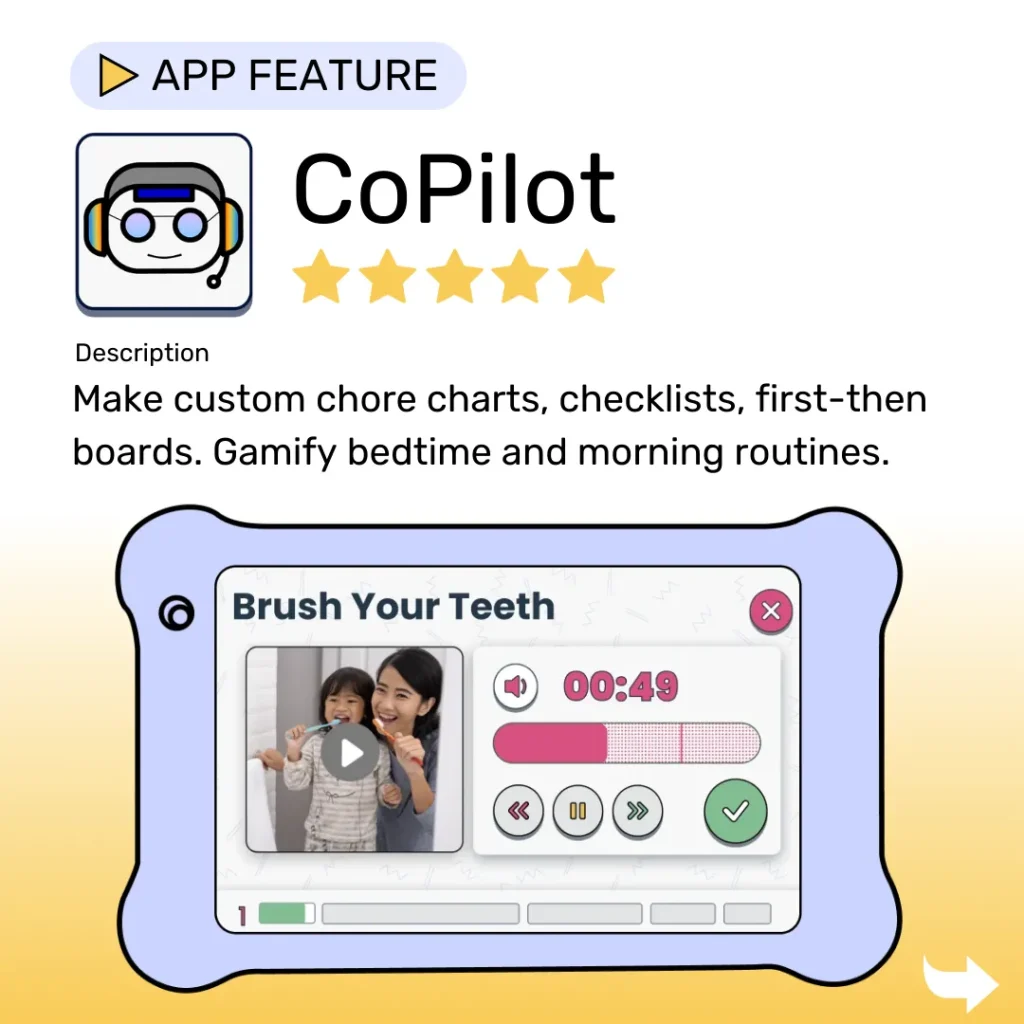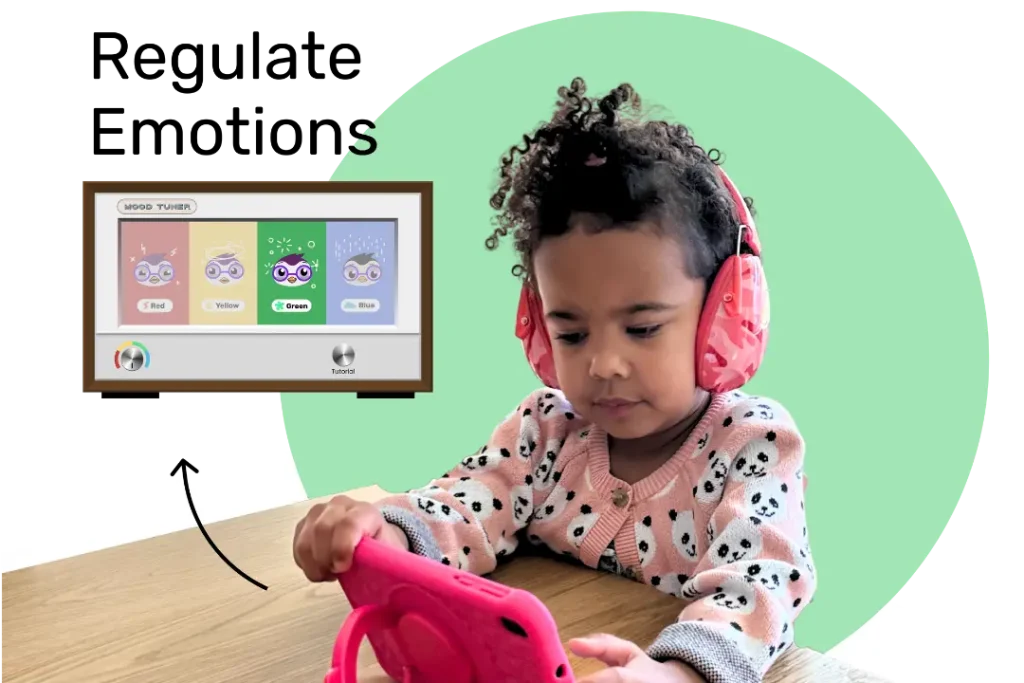Discover the power of the “sensory cocoon,” a game-changing resource for neurodivergent kids. This comprehensive guide will teach you about the benefits, how to create one at home, and practical tips on integrating a sensory cocoon into your child’s daily routine.
Table of Contents
The Art of Creating a Sensory Cocoon
A sensory cocoon is a personalized space designed to calm and soothe kids with unique sensory needs related to conditions like ADHD, autism, or other thinking and learning differences. These safe havens let kids escape from overwhelming environments and develop essential self-regulation skills. But where to start? Here are the first steps in creating a tailor-made sensory cocoon for your child:
- Identify triggers: Determine your child’s specific sensory irritants and focus on eliminating or reducing them in their cocoon.
- Pick the right spot: Find a low-traffic, quiet place in your house where distractions can be minimized and focus maintained.
- Understand your child’s sensory preferences: Craft the cocoon around their unique sensory profile, with attention to nuances such as proprioceptive input or specific auditory or visual stimuli they positively respond to.

Read more: 3 Soothing Sensory Books for Autism Children
Now that you’ve got a plan of action, here’s our guide to crafting the perfect sensory cocoon for your child:
Furniture
| Seating | Create a cozy spot for relaxation and regulation with cushy bean bags, soft chairs, and comforting floor cushions. |
|---|---|
| Partition | Build a sense of seclusion with room dividers, tall furniture, or curtains, enhancing their feeling of security within the space. |
Atmosphere
| Lighting | Opt for soft, adjustable lighting options like string lights or dimmable floor lamps to establish a soothing environment. |
|---|---|
| Sounds | Choose calming music, nature sounds, or white noise machines to drown out background noise and foster relaxation. |
Sensory Support
| Fidget Tools | Equip the cocoon with tactile objects like stress balls, putty or fidget spinners to encourage concentration and engagement. |
|---|---|
| Weighted Sensations | For kids who respond well to deep pressure, consider including a weighted blanket or lap pad in their sensory cocoon. |
Integrating Sensory Cocoon Time into Your Child’s Routine
Once you’ve constructed a sensory cocoon, it’s time to make it an integral part of your child’s daily routine—after all, practice makes perfect. Here are three key strategies:
- Set specific times: Schedule daily cocoon sessions so your child can anticipate and depend on these moments for self-regulation, relaxation, and soothing.
- Encourage proactive retreats: Teach your child to recognize sensory overload signs and proactively seek refuge in their cocoon for relief.
- Reinforce positive behavior: Commend your child for using their sensory cocoon as a healthy coping mechanism, consolidating its role as a constructive support tool.

In addition to these suggestions, you can also utilize visual routines or task management tools, like the Goally learning tablet, to help your child develop a sense of control and routine surrounding their cocoon time.
Adapting the Sensory Cocoon Concept for On-the-Go
A sensory cocoon is primarily a home-based resource, but that doesn’t mean its benefits can’t extend beyond your front door. Consider these creative ways to create a portable version of a sensory cocoon:
- Sensory backpack: Prepare a backpack filled with essential calming items like noise-canceling headphones, fidget toys, and weighted lap pads for on-the-go sensory support.
- Vestibular swings: Portable swings provide movement input, helping kids regulate when they’re away from their primary cocoon space.
- Visual timers: Arm your child with a visual timer to manage sensory breaks during activities, fostering a strong sense of control and compartmentalization.
With these suggestions, you’ll be able to support your child’s sensory needs even when you’re outside the comforts of home.
Goally | Kid’s Tablet for Building Emotional Regulation Skills
Is your child struggling with understanding and managing their emotions? Goally teaches emotional regulation skills in a fun and interactive way!

The Mood Tuner app encourages kids to look inwards and identify their feelings, helping them understand what’s going on inside. Once they’ve recognized their emotions, they can choose from a variety of exercises designed to help them self-regulate and find their balance.
The Sensory Cocoon and Your Child’s Growth
To wrap up, a sensory cocoon is a valuable sanctuary for neurodivergent kids seeking relief, regulation, and self-soothing in their daily lives. By tailoring a cocoon to your child’s unique sensory needs and incorporating it into their daily routine, you’re bolstering their resilience and self-regulation for the long run.
FAQ’s About Sensory Cocoon
What is a sensory cocoon?
A sensory cocoon is a safe, calming space designed to provide deep pressure and sensory input to help children with sensory processing needs self-regulate their emotions and behaviors.
How does a sensory cocoon help children?
The pressure and sensory input from a sensory cocoon can have a soothing, grounding effect, allowing children to better manage feelings of anxiety, overwhelm, or frustration.
What materials are used to make a sensory cocoon?
Sensory cocoons are often constructed with materials like bean bags, body pillows, or specialized compression wraps to provide the necessary deep pressure.
Who can benefit from using a sensory cocoon?
Children with sensory processing disorders, autism, ADHD, or other special needs often find great comfort and regulation in using a sensory cocoon.
How do you set up a sensory cocoon at home?
To create a sensory cocoon at home, choose a quiet, comfortable space and include calming elements like soft lighting, gentle music, and the pressure-providing materials.
This post was originally published on 05/19/2023. It was updated on 04/17/2024.
Emily is a seasoned blog writer for Goally, leveraging her extensive background in child psychology and special education to provide valuable insights and resources for parents. Her commitment to understanding and addressing the unique needs of these children, combined with her expertise in educational strategies, makes her a credible and empathetic voice for families.





